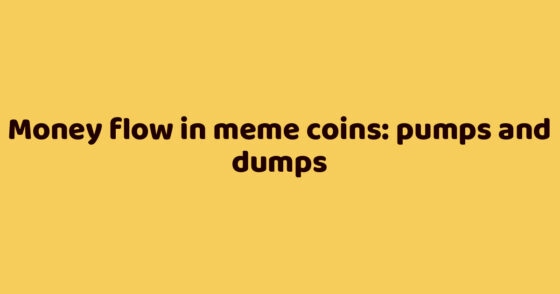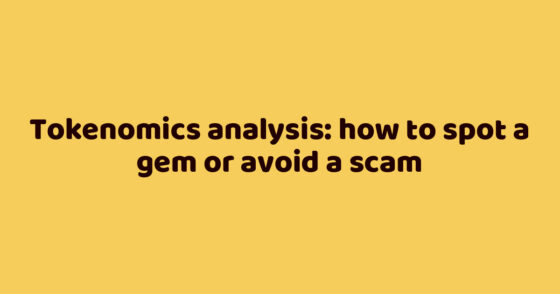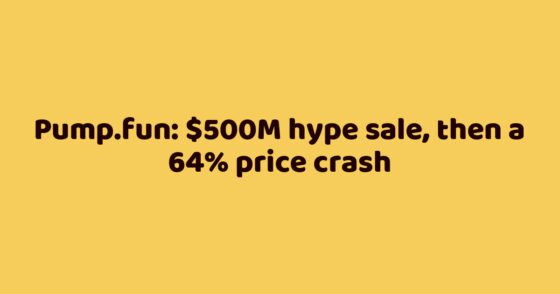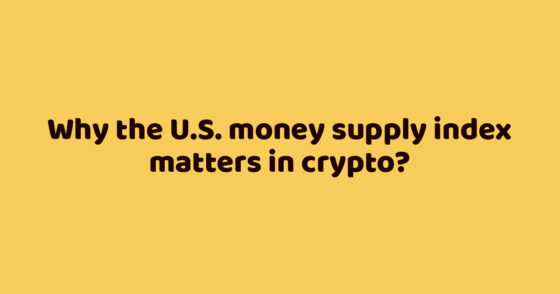Why do buyers believe there’s real value in buying HYPE at current prices?
It’s the fastest-growing product in the most profitable segment of crypto, where market leaders generate $10 billion annually.
The $40B FDV (Fully Diluted Valuation) roughly breaks down as:
- • 30% — team
- • 40% — future community distributions
- • 30% — in circulation
If we take the founder’s interviews at face value and consider how the team has acted over the past few years, it becomes clear that they intentionally avoided raising external capital — even though they could have. Instead, they self-funded protocol development and focused on long-term, efficient growth.
The protocol currently generates around $1B in annual revenue, and about 97% of it is funneled back into the ecosystem through token buybacks. So it’s unlikely the team will “cash out” by dumping their tokens — in fact, they’ve shown the opposite behavior so far.
Regarding the 40% allocation for airdrops — they waited several years before doing the first one (~30%) and aren’t accountable to external investors for how tokens are distributed — unlike 99% of other projects.
Therefore, it’s unlikely that a massive token unlock will hit the market at once. Most likely, tokens will be distributed gradually to incentivize key users and benefit the protocol.
So concerns around FDV are heavily exaggerated. Even when more tokens do enter the market, they’ll likely be released in small chunks — a few percent at a time.
Why does the token have upside potential?
It’s the most dominant decentralized perpetuals exchange.
@HyperliquidX accounts for 90% of all decentralized perps trading volume, yet that’s still only:
- ~10% of Binance volume
- ~20% of Bybit volume
- ~15% of open interest (OI) compared to centralized exchanges
The growth potential here is massive. In recent months, the team has shown they can handle massive positions with deep liquidity (e.g., $1B BTC long by Wynn), and they’re often the first to list trending tokens (like $TRUMP and others).
Many users are still on Bybit or Binance out of habit, but Hyperliquid offers:
- Significantly lower fees
- 40% of tokens reserved for future rewards to market makers and traders
- Exchange revenue used directly for token buybacks
- Easy access — all you need is a crypto wallet
HIP-3 and New Markets
HIP-3 allows external participants to lock 1M $HYPE and launch their own perpetual markets on the platform. This makes the protocol extensible, unlocks experimentation, and lets teams build exchanges on top. If Hyperliquid becomes the “backend” for multiple independent teams, it’ll gain a major competitive edge.
Regulatory Landscape + Hyper-Speculation Culture
Futures are one of the most successful business models in crypto, but access in the U.S. has been limited. With Trump’s administration openly supporting crypto and Coinbase launching perps for U.S. users, there’s expected to be a surge in demand from users who previously had to work around restrictions.
Sports betting, options, and futures are already widely adopted — 24/7 perps access could very well become the next big trend for retail investors.
HyperEVM
The custom L1 blockchain (HyperCore) is still in its early days, but if developed properly, it could become the foundation for an ecosystem of dApps. If Hyperliquid becomes the go-to platform for trading, users will naturally stay within the ecosystem and start using additional on-chain services (lending, borrowing, etc.).
Who’s buying HYPE?
It seems to be:
1. People with large $ETH and $SOL positions
2. Venture funds that missed out on the private round
3. Traditional finance, now applying P/E metrics and similar frameworks








